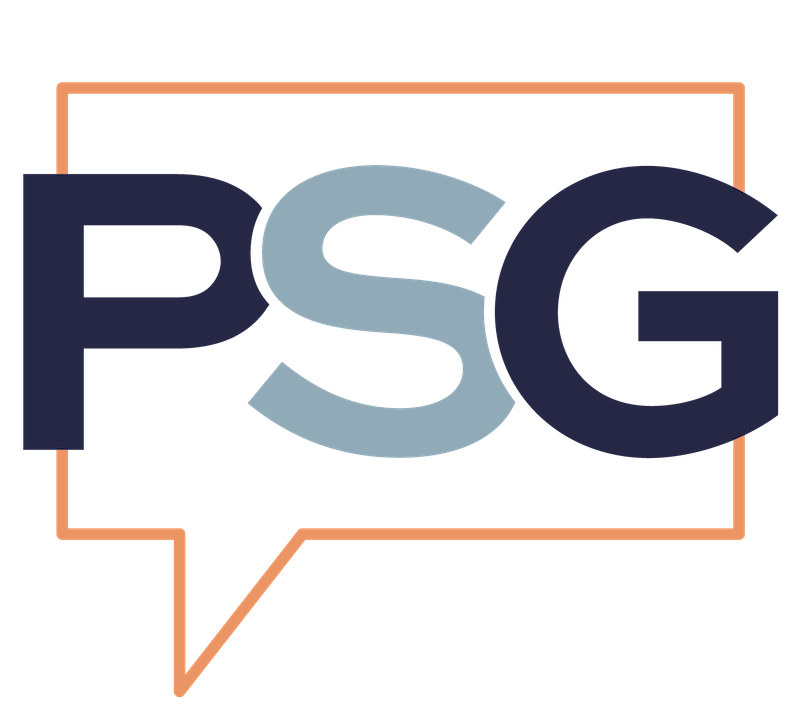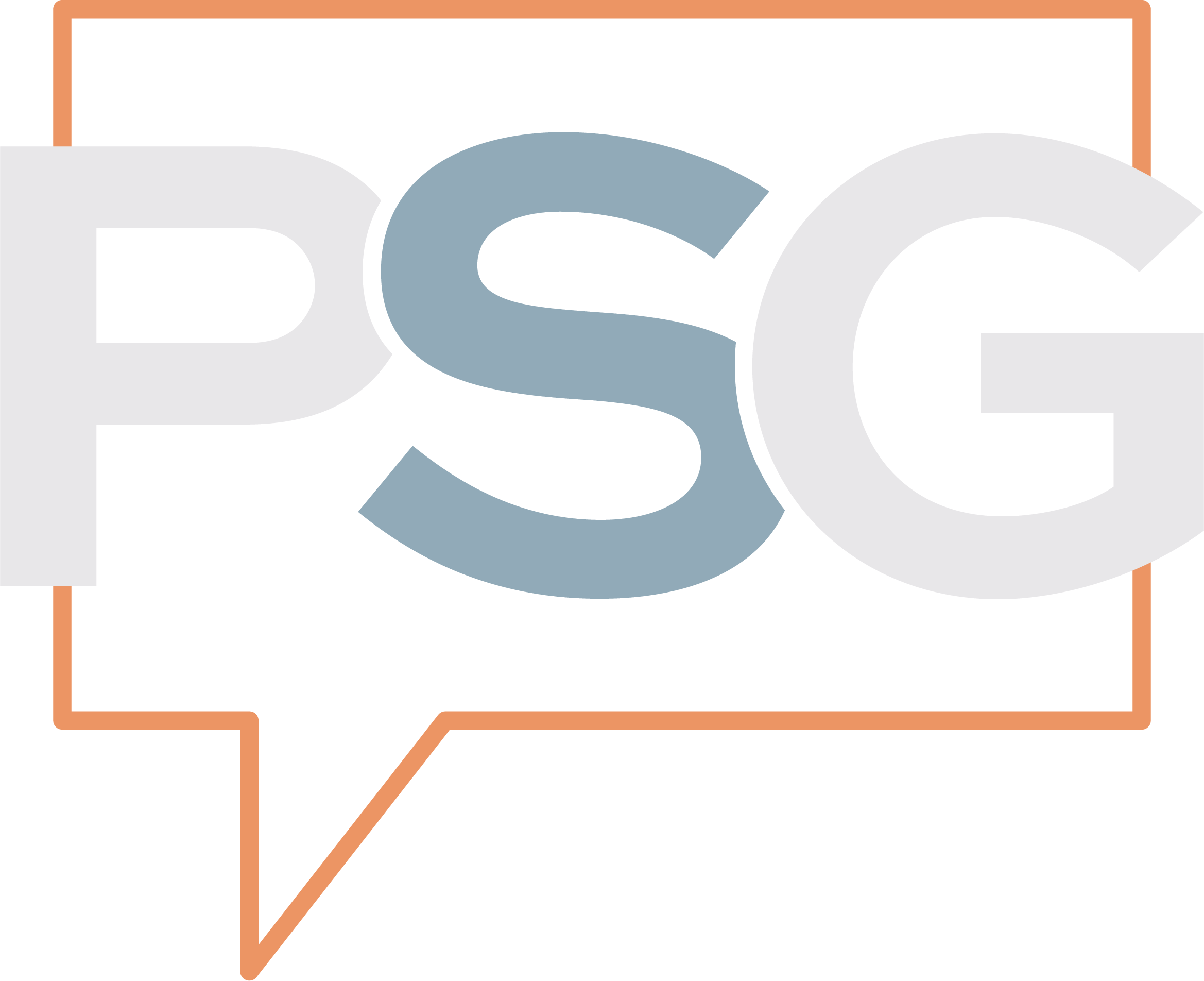
It’s a question echoing through boardrooms, chat threads, and lab floors across the industry. The recent explosion of tools like ChatGPT, IBM Watson, Co-Pilot, and DeepSeek has sparked excitement and anxiety, depending on who you ask. But as artificial intelligence moves from buzzword to business reality, it’s becoming clear: increasing automation may be the very thing that makes—or breaks—QA teams in the years ahead.
So how do we adopt these new technologies without losing the human touch? And will AI really replace human intelligence—or just reshape how we use it?
In this article, we’ll explore what AI actually means for pharma QA teams, and how quality professionals can lead the charge in adopting it responsibly, effectively, and fearlessly.
What Is AI, Really? (And What It’s Not)
When most people think of AI, they picture something out of a sci-fi movie, perhaps like I, Robot, with robotic overlords taking over the world. Some might picture generative AI like ChatGPT crafting the next bestseller—but its capabilities go far beyond that. The real power of AI lies beneath the surface, where it’s transforming everything from data analysis to decision-making across industries.
In pharma, you’ll find that AI takes the form of data-analyzing technologies like Machine Learning (ML), Natural Language Processing (NLP), and Robotic Process Automation (RPA).
- ML analyzes massive datasets to identify patterns, perfect for tasks like clinical trial data analysis and real-time anomaly detection in batch records.
- NLP extracts insights from unstructured data, like regulatory documents, helping streamline reviews and ensure compliance.
- RPA automates repetitive tasks like data entry and report generation, boosting efficiency.
Like a hammer, saw, or computer, AI is ultimately just a tool. It won’t replace human ingenuity, but it can streamline time-consuming tasks—freeing up professionals to focus on the work that truly demands critical thinking and expertise.
Where AI Can Help QA Teams Shine
AI is starting to make a real impact on how QA teams in pharma get things done—saving time, cutting down on repetitive work, and helping teams focus on what matters. Tools like Natural Language Processing (NLP) can speed up document review by flagging errors, inconsistencies, or missing info in batch records—tasks that would normally take hours to complete manually are now done in minutes, if not seconds.
Machine learning is especially useful for spotting deviation trends. Instead of digging through spreadsheets and manually sorting past incidents, ML tools can sift through huge production data sets to catch patterns early.
For instance, an ML model might pick up on a recurring deviation that always seems to happen when a particular shift is on duty or when switching between certain product types. These kinds of insights help QA teams stay ahead of problems and build smarter, more proactive quality systems.
Why Human Oversight Still Matters
While AI can boost efficiency, it can’t replace the sharp judgement, critical thinking, and regulatory insight that QA professionals bring to the table. Technology can flag potential issues, but it takes a trained expert to interpret the context, assess the risk, and make a decision that aligns with both quality standards and regulatory expectations.
A great real-world example of responsible AI use comes from Roche, who laid out their approach in their Ethical AI Manifesto. Their stance is simple but important: AI tools must be transparent, explainable, and auditable. That means any technology they use—especially in regulated areas like pharma—needs to show not just the result, but how it got there.
Roche’s approach shows that integrating AI doesn’t mean cutting corners—it means raising the bar with tools that help teams do their jobs better, smarter, and more confidently.
Your Role in the AI Conversation
As AI continues to make its way into pharmaceutical operations, QA professionals have a crucial role to play in how it’s integrated. Your deep understanding of compliance, regulations, and risk isn’t just valuable—it’s essential.
Don’t hesitate to speak up when new tools are introduced. Ask the important questions: What data is being used? How was the system validated? What do the results mean in the context of GMP? Knowing how AI tools work—both the inputs and the outputs—helps protect the integrity of your quality systems.
At the end of the day, AI can support your work, but it can’t replace your expertise. Keeping processes compliant, ethical, and audit-ready still takes human insight and judgment.
How to Begin Exploring AI
Getting started with AI doesn’t mean overhauling your entire QA system. Begin by building awareness and confidence:
- Attend AI-focused webinars or GMP training sessions explaining how AI tools are safely integrated into pharma workflows.
- Read relevant guidance documents from ISPE, FDA, or EMA, particularly those on data integrity, algorithm validation, and audit preparedness.
- Start small. Identify one manual QA process that could benefit from automation or AI enhancement, such as digitizing logbooks or streamlining access to SOPs.
These low-risk, high-impact changes can help your team become more comfortable and confident working alongside AI.
Confidence in the Age of AI
Here’s the bottom line: AI isn’t here to replace pharmaceutical QA—it’s here to support it.
When used responsibly, AI can help make compliance more efficient, predictive, and audit-ready. But it’s QA professionals who set the standards and ensure those tools meet them.
So stay curious, stay informed, and most importantly—stay in the room when AI strategy is being discussed. The future of quality depends on it.
Want to learn more about AI? Join PSG and Bioscience Association Manitoba July 23rd in Winnipeg for our 2025 AI Summit! See here for details.


Recent Comments